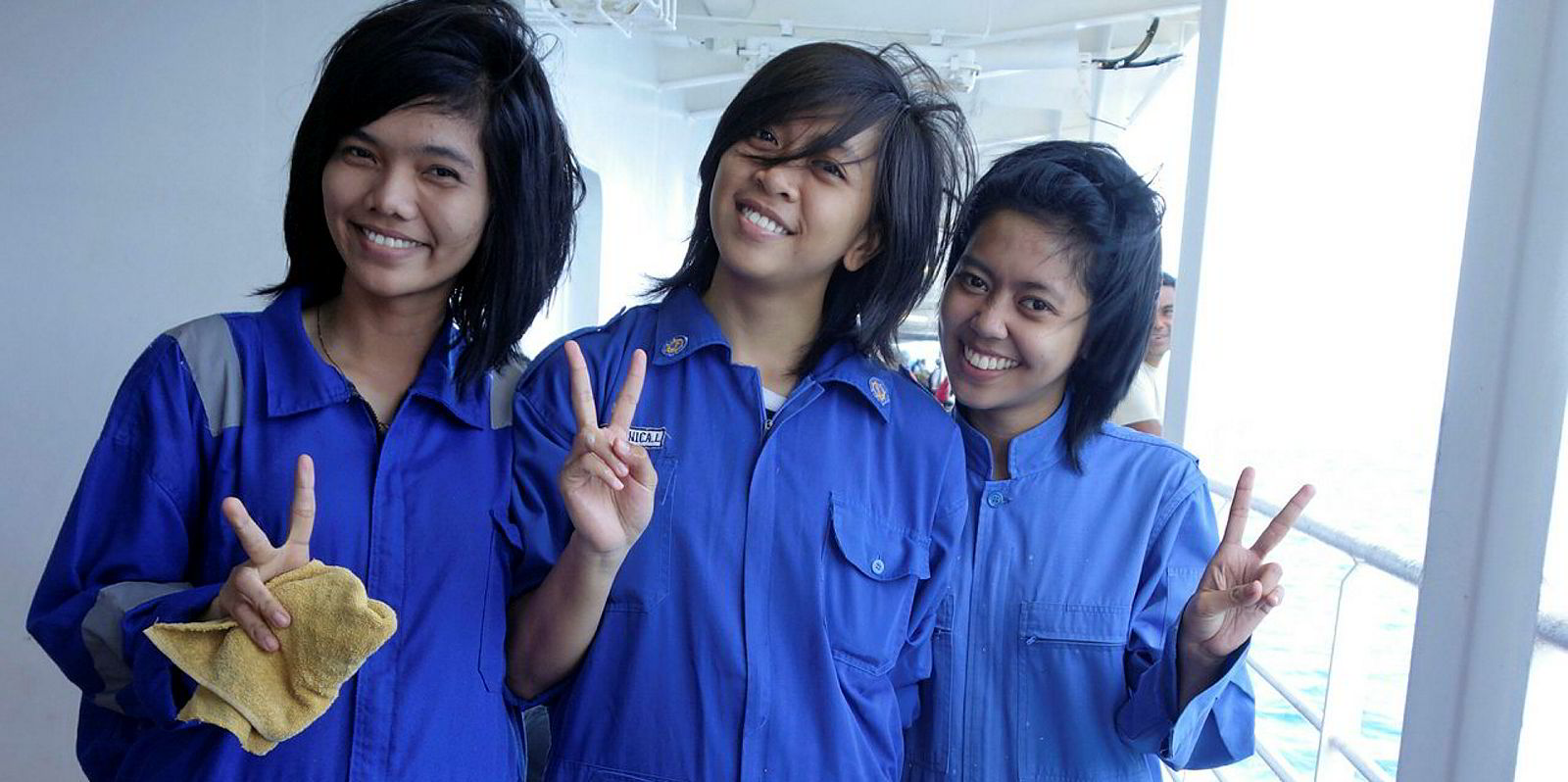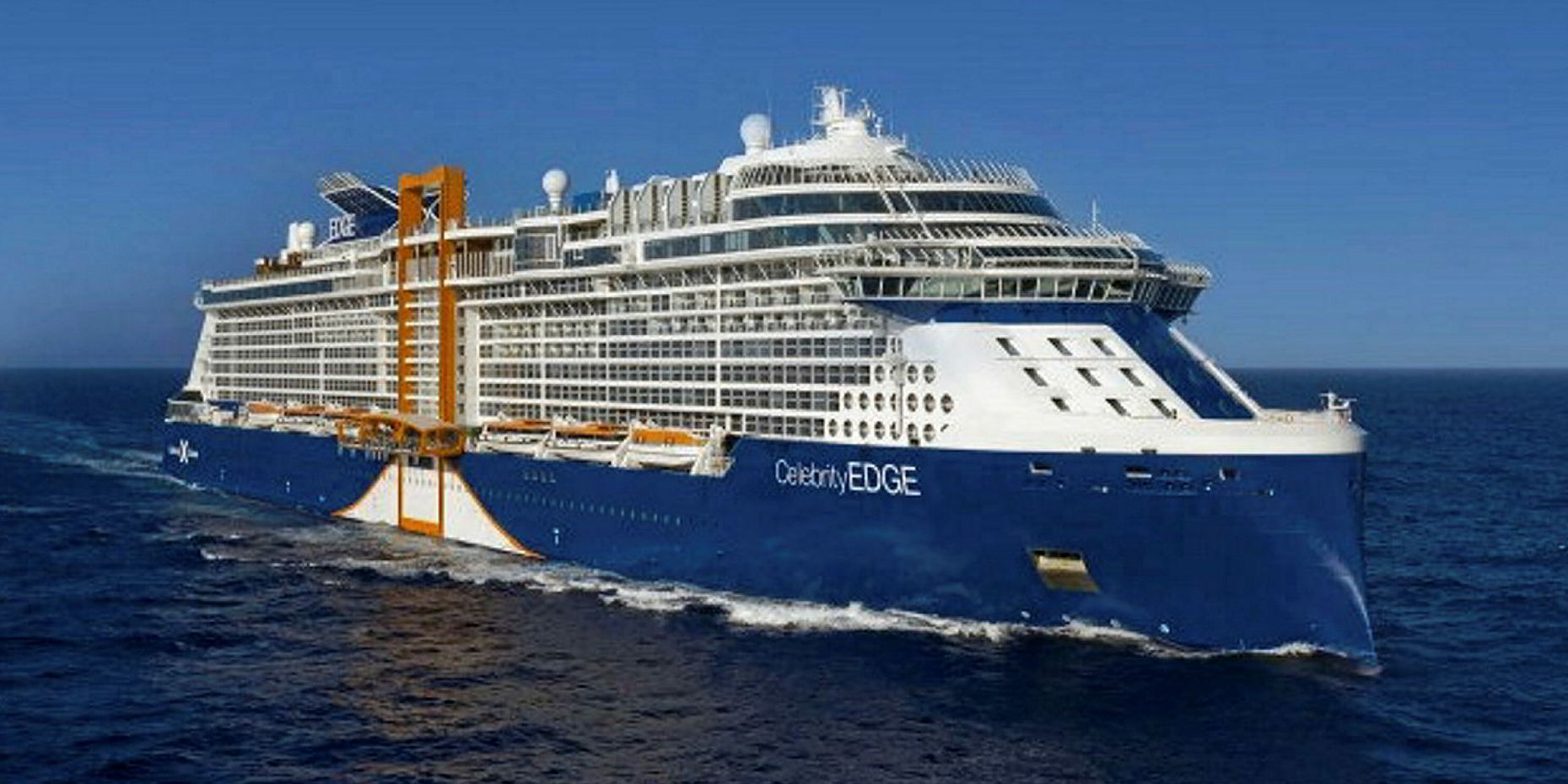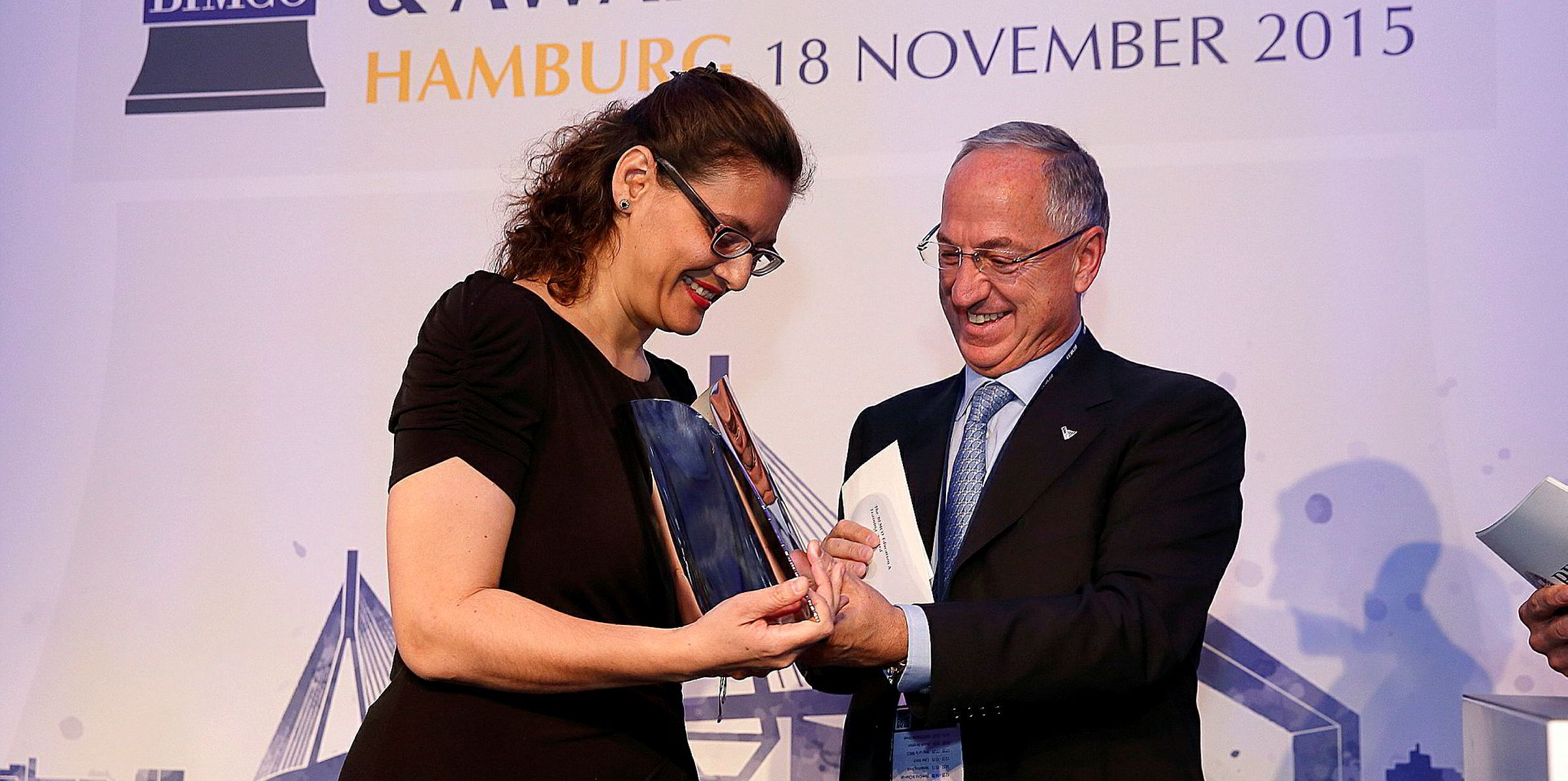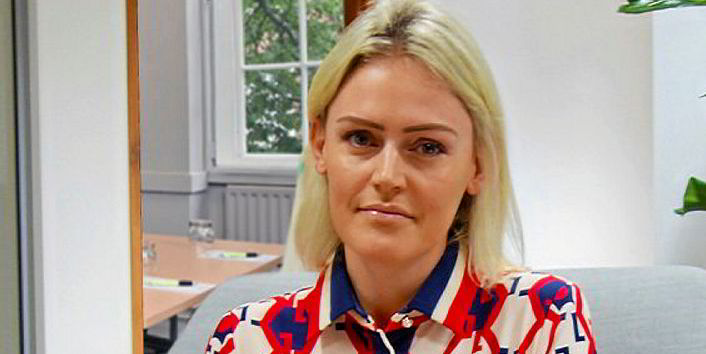Seafarer Sophia Walker has shone a glaring spotlight on the barriers still facing women in their pursuit of careers in shipping.
As TradeWinds reported earlier this year, she took on Wallem Ship Management in court after, as a cadet, she was told the company did not employ “girls” on its vessels.
She lost not on the merits of the case but on a technicality; the egregious circumstances for her rejection for a job were admitted, but UK law was found not to protect seafarers on foreign-flag vessels.
As we report this week, what Walker faced is just the tip of the iceberg.
While such cases show that overt discrimination remains a problem, women who work on ships face a variety of less obvious barriers.
Time to get proactive
These problems range from ill-fitting personal safety equipment and required pregnancy tests, to lack of access to sanitary products and ways to dispose of them. Female seafarers are often confronted with the reality that ships and their operations are not designed with gender diversity in mind.
Put bluntly, ships and shipboard operations are built for men.
Experts say women seafarers are often loath to speak out about the challenges they face on board vessels, for fear that this will make employers less likely to want to retain them.
That’s why shipping companies need to proactively remove the barriers. Ship design must take into account future female seafarers, providing facilities that are ahead of the curve when it comes to the shipboard experience of women.
Managers have to get out of the one-size-fits-all approach for providing personal protective equipment and other kit. They need to treat staff like individuals and ask them what they need. All seafarers will benefit from this, since male seafarers come in different shapes and sizes, too.
Ships’ supplies should consider the basic needs of women seafarers during long stints on board, including by providing female hygiene products and appropriate disposal facilities as a rule rather than an exception. And the outdated practice in some countries of requiring pregnancy tests of female seafarers must end.
For shipowners, managers and crewing agencies, taking these actions might appear like a chicken-and-egg problem. How can they invest in making their vessels more welcoming for women when so few women seem to be applying for jobs on their ships?
But companies can short-circuit this false dilemma by encouraging and incentivising the employment of women as part of their recruitment policies, with a view towards having, for example, at least two women working on a ship at any one time.
The fact is, this industry will benefit from recruiting and retaining female seafarers (and it’s the right thing to do).
A report last year by the International Labour Organization, citing data from Bimco and the International Chamber of Shipping, showed that the fast-rising demand for shipboard officers already outstripped supply in 2015. The shortage is expected to grow in the years to come.
This shows that shipping hasn’t even been successful at recruiting all the seafarers it needs among men. A failure to deploy tools to recruit diverse shipboard staff is like turning your back on a large pool of potential talent.
Then there’s retention. Maritime academies have had some success in increasing the number of female cadets, and let’s hope that trend continues, but now the industry, and potentially regulators, need to do more.
Shipping is lucky that the likes of Lois Zabrocky — who was a cadet at the US Merchant Marine Academy before working as a third mate on a chemical tanker, then distinguishing herself as a dynamic commercial and operational leader, and now as chief executive of International Seaways — are willing to press ahead with their shipboard careers and tackle the barriers head on.
But these women shouldn’t have to. The industry should make a career at sea more appealing if it is to retain the officer talent it needs for the future.
Personal protective gear: making shipping a better fit for female seafarers
Mariners, male and female, come in different shapes and sizes. Their equipment and clothing should too
Does pregnancy testing of mariners violate UN convention?
Shipping companies recruiting in nations that allow testing say it is part of a health check
Sanitary products a symbol of challenges facing women at sea
Mariners report lack of access to feminine hygiene products and disposal
Comment: To hire the talent shipping needs, it can’t turn its back on women
Making a career at sea more attractive to the world’s second-largest pool of potential workers is an opportunity to tackle a growing officer shortage








